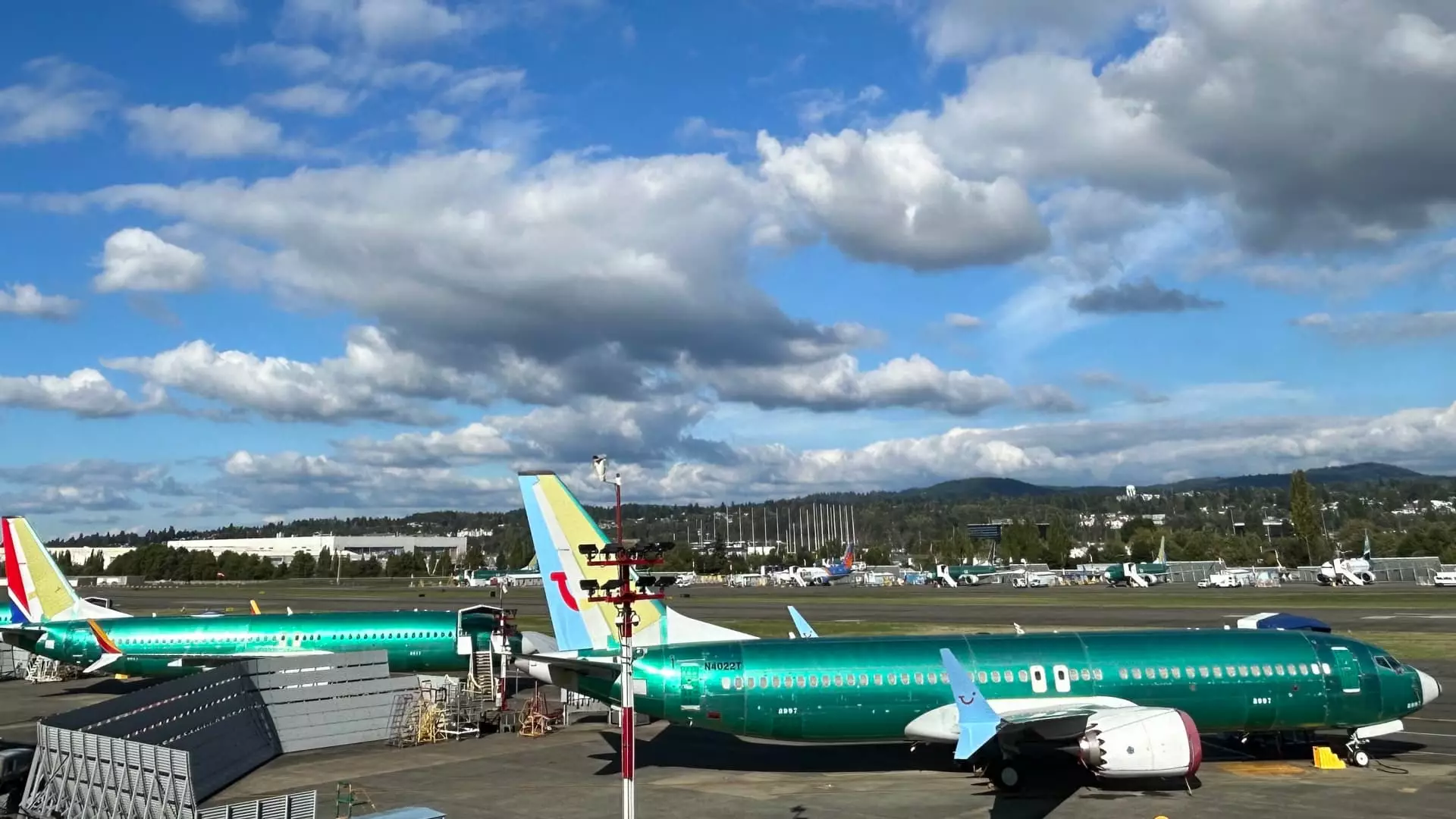In September, Boeing managed to deliver 33 airplanes, a modest increase compared to the same month last year, which recorded 27 deliveries. However, this slight upward trend is overshadowed by worrisome broader dynamics within the company, as its ability to fulfill aircraft orders is increasingly influenced by labor disputes. Currently, Boeing is grappling with the third week of a machinist strike that poses potential risks to production schedules and financial performance. Throughout the entire year, Boeing’s total deliveries stand at 291 aircraft, trailing far behind the 371 delivered during the same period last year, highlighting significant operational challenges.
Airbus’s Competitive Edge
In contrast, Boeing’s rival, Airbus, has surged ahead by delivering 447 airplanes through August. This disparity raises questions about Boeing’s strategic planning and operational efficiency. The competitive landscape is shifting, and unless Boeing can recalibrate its production processes and negotiations with the machinist union, it risks further erosion of its market share. Industry analysts are now paying close attention to Boeing’s supply chain management and customer commitments amid these struggles.
Deliveries hold crucial financial implications for Boeing as the company has incurred an alarming loss of over $8 billion in 2023 alone. This is a direct consequence of a business model heavily reliant on delivery milestones; customers pay the majority of the aircraft price upon reception. Consequently, delays not only affect cash flow but also tarnish Boeing’s reputation in the aerospace sector. Recent deliveries included 27 of the high-demand 737 Max, revealing a continued customer interest yet complicating factors due to labor unrest at their Renton, Washington, facility where assembly occurs.
The ongoing strike, which began on September 13, followed a rejected tentative agreement between Boeing and the machinist union. This labor dispute could prolong challenges, particularly given that most Max deliveries occurred before the strike’s commencement. Industry observers, like Jefferies aerospace analyst Sheila Kahyaoglu, predict that Boeing could attain a monthly production rate of 25 Max aircraft once the strike resolves. However, more ambitious plans aiming for 38 units monthly might be postponed for an entire year, indicating a concerning slowdown in Boeing’s recovery trajectory.
Future Outlook and Market Readiness
Boeing’s third-quarter results on October 23 will be pivotal for investors and market analysts alike, as the company will report the financial damages incurred from the strike, alongside its overall sales performance. Recent deliveries also included four 787 Dreamliners, manufactured at a nonunion site in South Carolina, showcasing a potential path to mitigate labor-related disruptions while still moving forward with production. Ultimately, Boeing’s backlog, currently at 5,456 aircraft, provides a glimmer of hope. However, this backlog is contingent on stabilizing labor conditions and restoring customer confidence, which remain uncertain in the current climate of industrial unrest.

